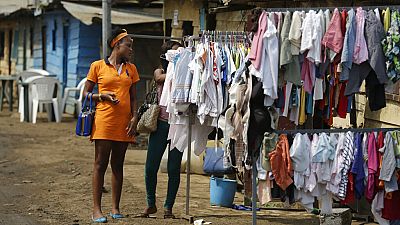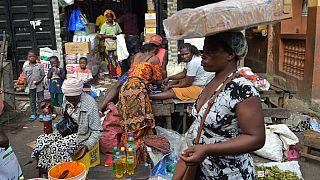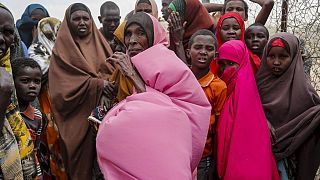Import
Recent data has shown that a whopping 90% of used clothes and textile waste from European countries have been making its way to Africa and Asia through exports.
This concerning trend, brought to light by the European Environment Agency (EEA), emphasizes the alarming impact of textile waste on the environment and climate change, ranking it as the fourth most significant source of pressure resulting from European consumption.
With sustainability in waste management practices becoming increasingly crucial, these findings shed light on the pressing demand for heightened responsibility within the global textile trade.
Europe's heavy reliance on Asia and Africa for low-cost manufacturing has led to an overabundance of used clothes and textile waste, causing serious environmental concerns. This practice has been profitable for businesses but has resulted in alarming consequences for the environment.
According to a report by the EEA (European Environment Agency), the production and consumption of textiles in the European Union have a significant negative impact on the environment and climate. Within the value chain, textile consumption ranks high in land use and water consumption, coming in third place. It also ranks fifth in material resource utilization and greenhouse gas emissions. Moreover, the production of textiles introduces chemicals that further harm the environment and contribute to climate change.
One major issue of concern is the widespread use of synthetic textiles, which are derived from fossil fuel resources. These materials are found in various aspects of daily life, such as clothing, household textiles, and even automotive components.
The production, consumption, and improper disposal of synthetic textiles not only contribute to greenhouse gas emissions but also deplete non-renewable resources and release harmful microplastics into the environment.
Europe generates approximately 5.8 million tonnes of textile waste annually, with synthetic fibers making up nearly two-thirds of this waste. While some textile waste is recycled within Europe, the majority is exported to Africa and Asia due to limited local recycling capabilities. In 2019, Africa received over 60% of EU textile exports, but Asia's share has significantly increased, accounting for 41% of EU imports.
The fate of these exported textiles is uncertain, as the reuse, recycling, or disposal methods in recipient countries are not well-documented. African countries primarily use imported textiles for local reuse, but unsuitable textiles often end up in landfills.
Asian countries sort and process used textiles in economic zones, downcycling them into industrial rags or filling materials. Textiles that cannot be recycled or re-exported may end up in general waste management systems, including landfills.














Go to video
Ruto's $9M mega church sparks outrage amid Kenya's crisis
Go to video
“I can’t do nuttin’ for ya man”, Nigerian Minister quotes Flavour Flav in rejection of Trump policy
Go to video
U.S. slashes visa duration for some African nationals amid policy shift
Go to video
Nigeria snubbed at White House summit, opposition blames Tinubu
Go to video
Ghana cracks down on gold smuggling with new multi-agency task force
Go to video
African migrants targeted as visa scams surge amid tougher immigration rules in Canada